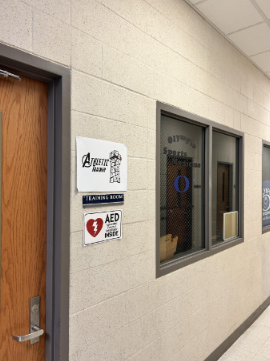
In a football game last year, Olympia player Charlie DeBord got a concussion and an athletic trainer rushed out to help him. “If the athletic trainer weren’t there it probably would have been worse,” DeBord said in an interview. Besides saving lives, and fixing injuries, athletic trainers are an important part of keeping the team functioning.
To be an athletic trainer, first needed is a master’s degree in athletic science. The next thing you need to do is pass an exam made by the Athletic Trainer Association. The last thing needed, specifically in Washington, is an athletic trainer license
After all, they do more than just assist players when they get injured. “If the injury is more severe like a fracture I will refer them to get an x-ray,” Taelar Shelton, a former athletic trainer explained. After the student goes to the doctor and identifies the injury, the athletic trainer will often give the player medication and a training plan to get back faster and stronger.
Physical therapy is a critical part of the plan to get back to playing faster, and the athletic trainer will often make a physical therapy schedule. The type of workouts and stretches the player will do depends on the type of injury the player has but most of the injuries in football are sprains and mostly they will be doing stretches.
After players get injured, athletic trainers have to take the right actions so the player’s injury won’t get worse. For example, if a player gets a concussion, the athletic trainer will have to ask questions to ensure the person can walk off if not they will have to be carried off the field. The athletic trainers taking the right steps to assist a player when an injury occurs can affect the player’s long-term health.










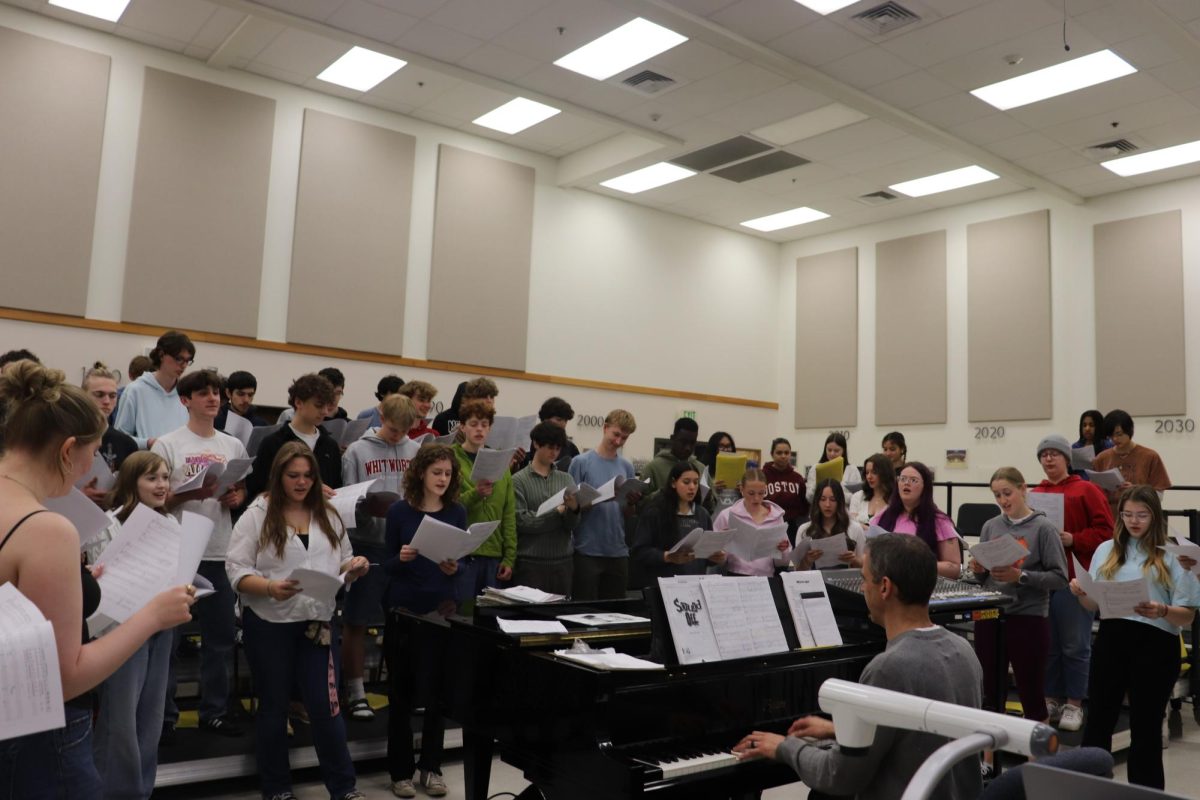


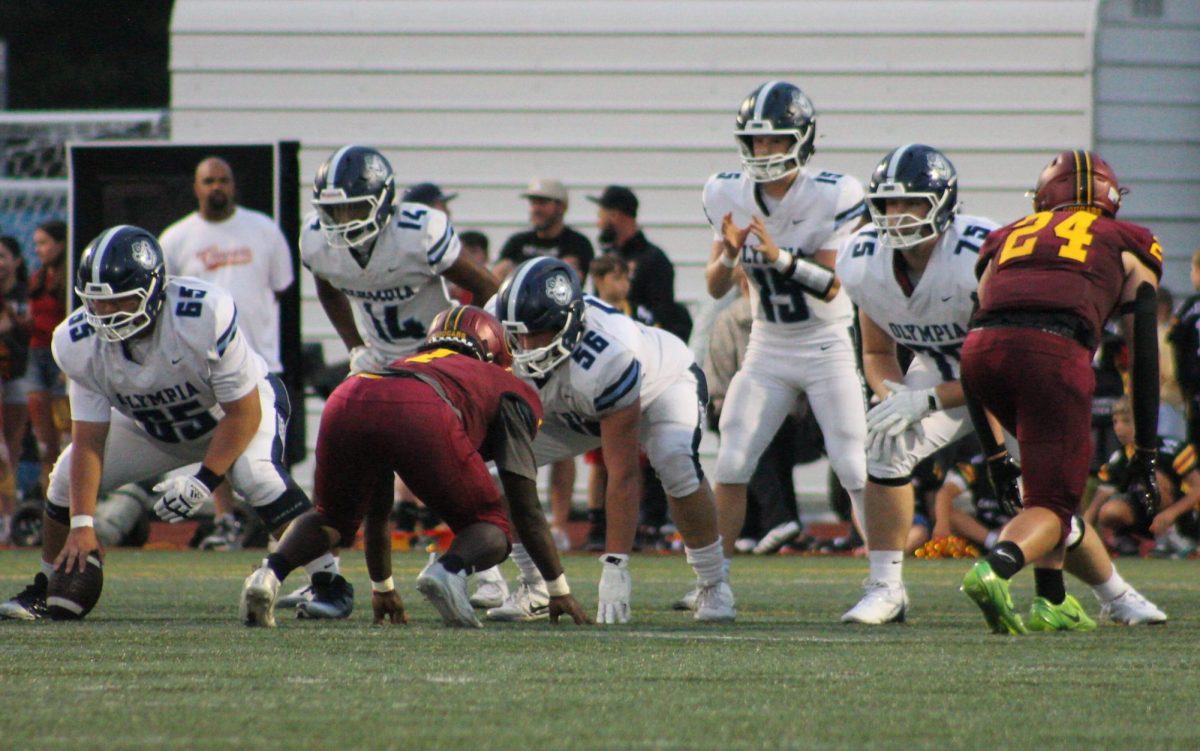
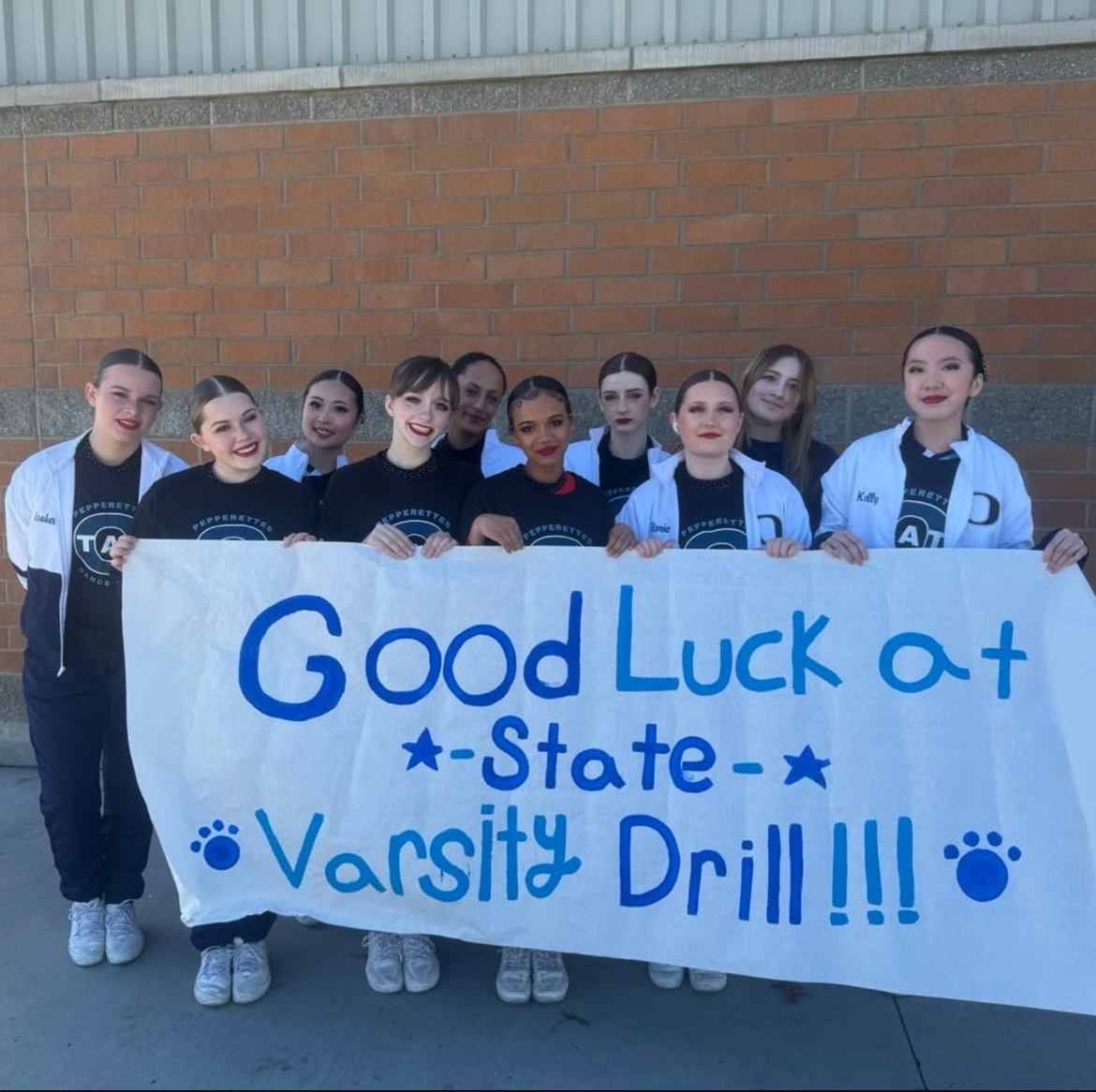
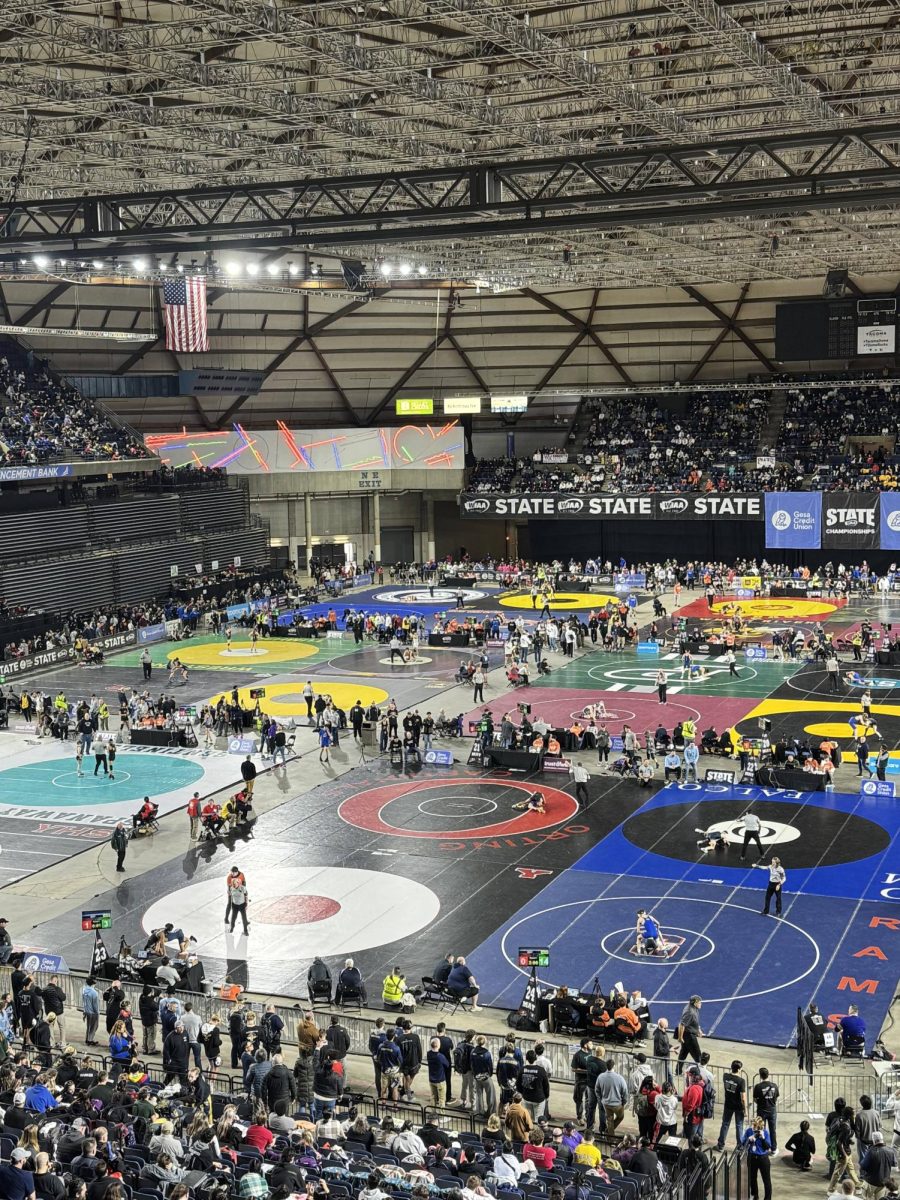
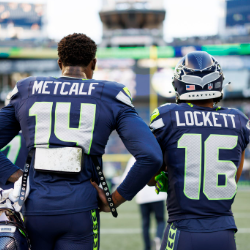
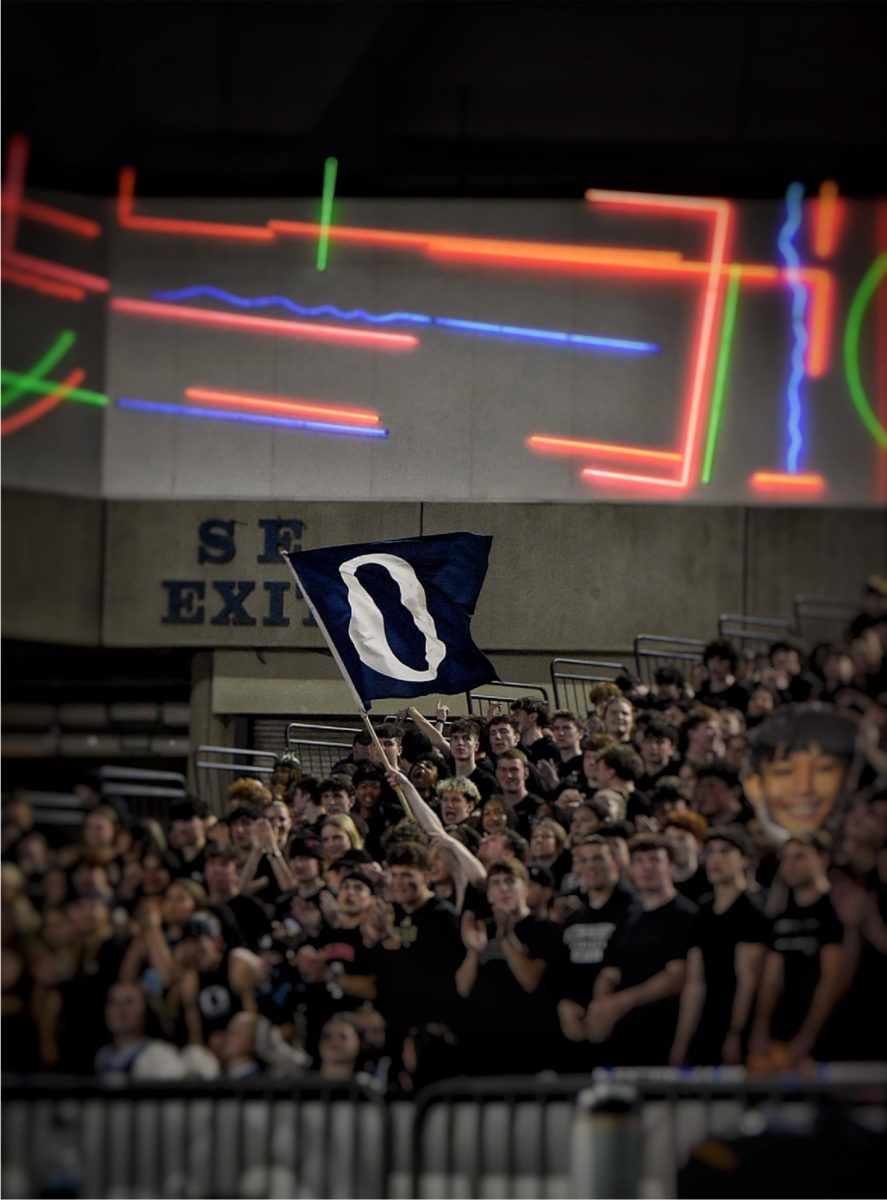
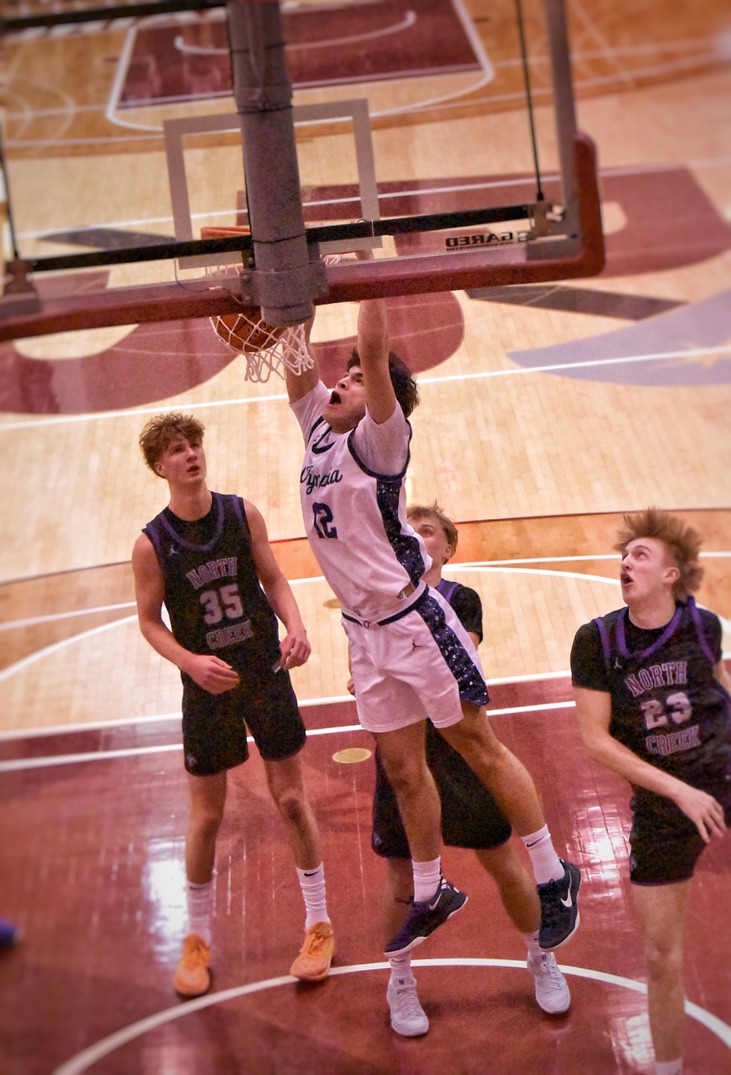
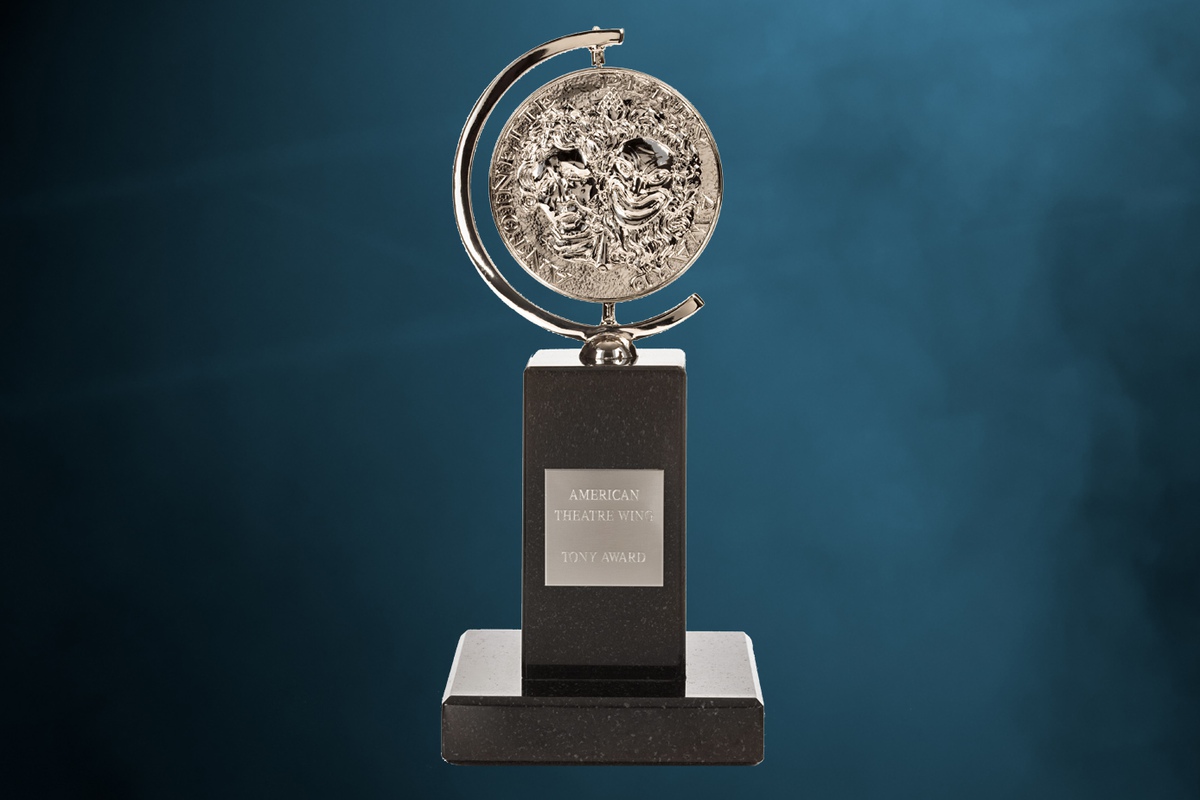





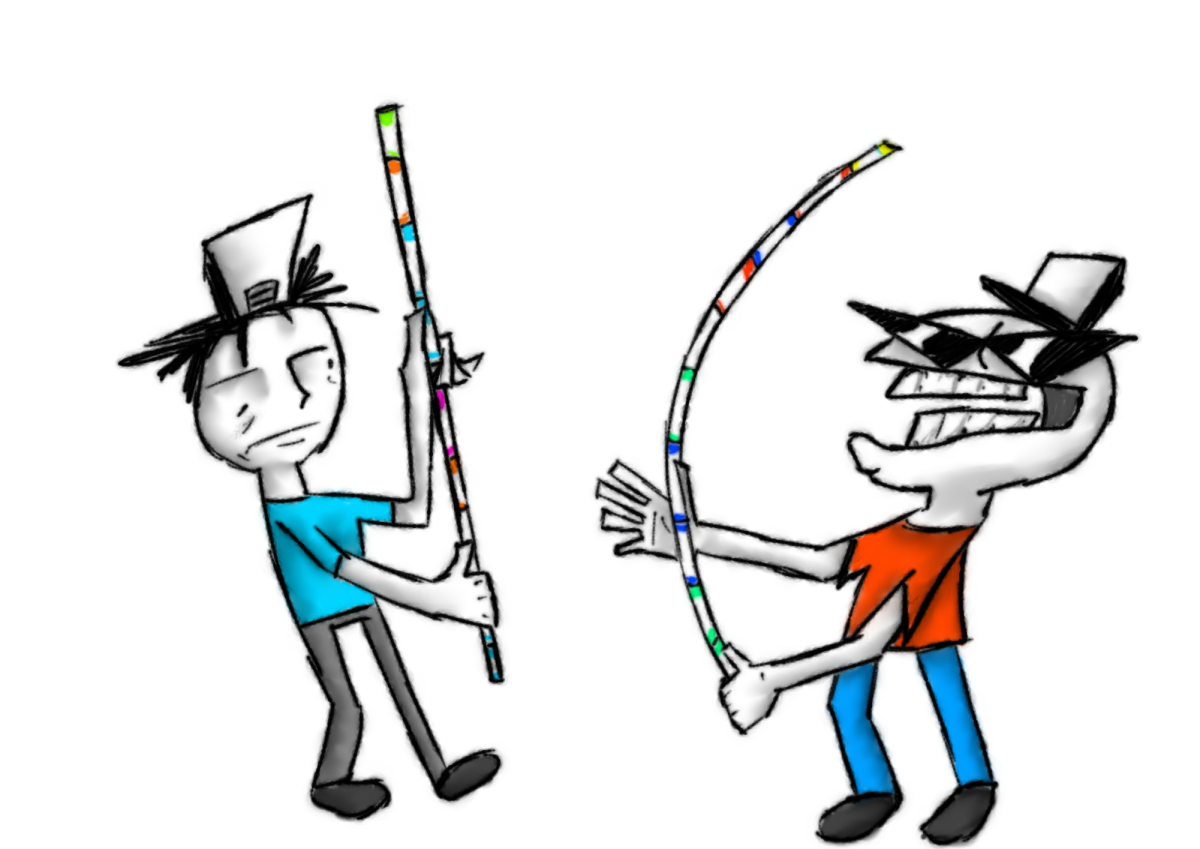






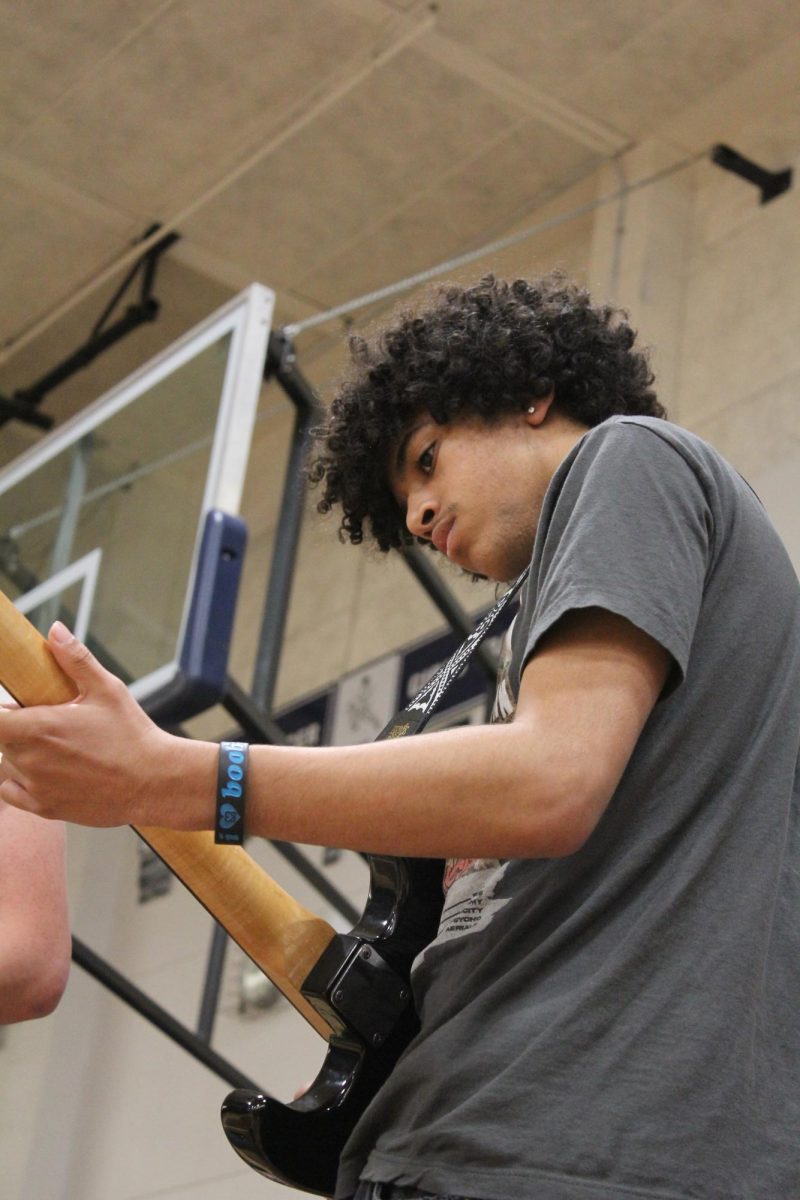


Emma Gilman – Oct 24, 2024 at 8:11 am
this article is fire but why not put an athletic trainer for the picture? i dont know what they look like